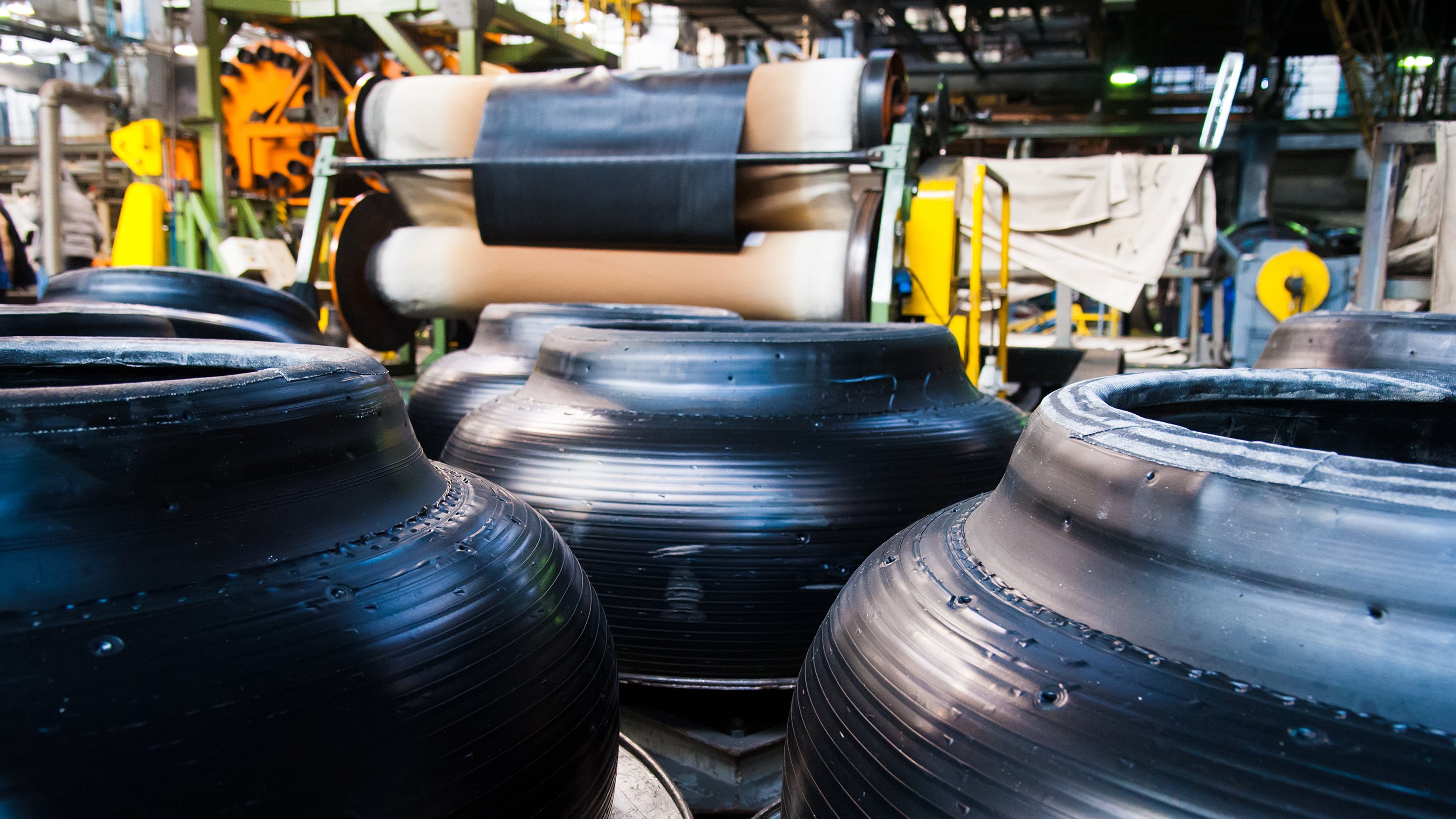As if COVID-19 hasn’t given the tire industry enough to grapple with, many tire makers have also struggled for years with corrosion-related downtime in their plants.
As discussed in a previous post, we’ve learned a lot recently about corrosion and its impacts on modern industrial control products in tire plants. We’ve identified where corrosion is a problem in plants, the rates and ratios at which it’s occurring, and the compounds that cause corrosion in tire production.
Our learnings will help industry in the long run with a better understanding of – and possibly new solutions for – a problem that’s impacting tire production globally. Meanwhile, in the short term, there are some key steps that tire makers can take to mitigate corrosion-related risks in their plants.
A two-pronged approach
The extensive research that we conducted in tire plants around the world was a game changer.
It didn’t only give us a detailed understanding of corrosion in tire. It also revealed that the industry-standard tests often used for accelerated corrosion testing don’t reproduce the types and ratios of corrosion found in tire-making environments.
That’s what led us to develop a new test protocol specifically for tire plants. We’re using the new test protocol to evaluate the effectiveness of current control products in tire plants and identify where new mitigation strategies might be needed.
Our research also helped us develop guidance for reducing corrosion-related risks in tire plants. This guidance is built around two key mitigation solutions: Corrosion-resistant control system products and robust sealed enclosures.
1. Corrosion-resistant products
A control architecture that uses corrosion-resistant control products can deliver improved performance in tire plants.
These products should leverage design features like conformal coating to reduce the impact of corrosion-causing atmospheric contaminants. Conformal coating involves spraying a non-conducting insulator onto a device or component within a product. The insulator “conforms” to the assembly’s profile and helps protect it from corrosive gases, humidity and other environmental stresses.
In some cases, “extra tough” products have also been developed. They can deliver improved performance in tire plants by combining conformal coating with several other design modifications.
Some companies are already seeing the benefits of these solutions. For example, a major tire maker that was experiencing a corrosion-based failure every 16 to 18 months made the move to “extra tough” drives as part of a reliability program. To date, the company has fielded more than 100 of the drives, which have proven to be successful after years of use.
2. Robust sealed enclosures
Corrosion-resistant products help combat corrosion, but they alone aren’t enough to reduce downtime risks in tire plants. Robust, sealed enclosures deliver an essential second layer of protection.
Enclosures should be specified to meet or exceed the IP54 enclosure rating. It’s also important to take some simple but often overlooked steps in the design and day-to-day use of the enclosures.
For example, sealed grommets and fittings should be used to seal up cables that enter or exit the enclosure. And use a heat exchanger or air conditioner in place of a filter/fan kit. Steps like these can help prevent contaminants from entering and building up inside an enclosure.
Also, always follow the manufacturer’s installation instructions for minimum mounting clearances and other mounting requirements. Heat-generating devices that are mounted with an improper clearance can not only increase corrosion, but also lead to failures resulting from overheating.
Keep tire production rolling
We’re still learning about the effectiveness of today’s control products in tire-making environments. In the meantime, the two strategies described here can help protect control systems and reduce failure-related downtime.
You can learn more about how you can mitigate corrosion-related downtime in tire plants in the Protect Tire Production from Corrosion Related Failures eBook.
Published March 2, 2021


